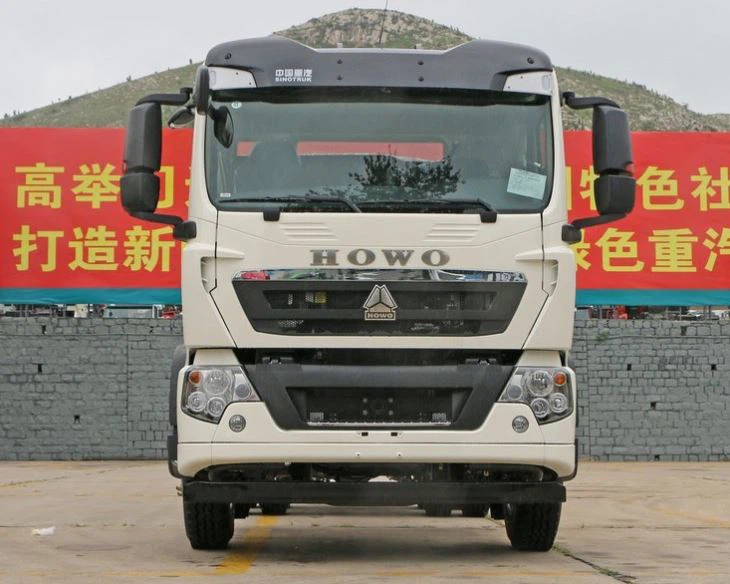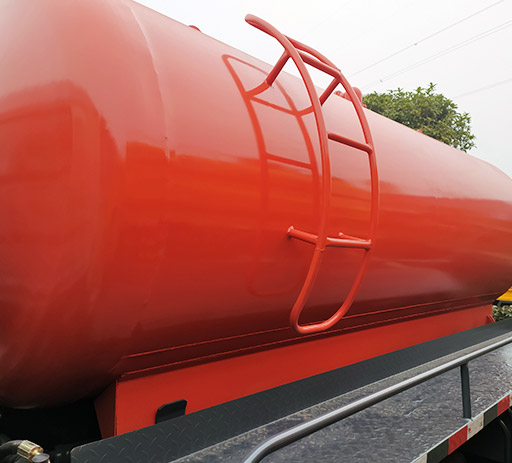Everything You Need to Know About Box Compactors

Introduction
The world of waste management has evolved tremendously over the years, and one essential tool that has emerged is the box compactor. Businesses, municipalities, and industries generate vast amounts of waste, and managing it effectively is crucial for operational efficiency and environmental sustainability. In this comprehensive guide, we will explore what box compactors are, how they work, their benefits, types, practical applications, and much more. Whether you are managing a retail store, a construction site, or a manufacturing unit, understanding box compactors can help streamline your waste management process.
What is a Box Compactor?
A box compactor is a machine that compresses waste materials into compact boxes. These machines are designed to compact a variety of materials, including cardboard, plastics, and paper, making waste disposal more efficient. By reducing the volume of waste, box compactors help in optimizing space, lowering disposal costs, and minimizing the environmental impact of waste generation.
How Box Compactors Work
Box compactors operate through a straightforward yet effective mechanism. Here’s a breakdown of the process:
1. Loading the Waste
Waste materials are loaded into the compaction chamber of the machine. This can be done manually or via conveyor belts, depending on the specific model and design of the box compactor.
2. Compaction Process
Once the chamber is filled, the compactor’s hydraulic system activates a ram that applies pressure on the waste materials. This pressure compresses the materials, reducing their volume significantly.
3. Ejecting the Compacted Box
After the compaction process is complete, the machine ejects the compacted waste block (or box) out of the compaction chamber, which can then be stored or transported for recycling or disposal.
Key Components of a Box Compactor
- Compaction Chamber: The area where waste materials are held and compressed.
- Hydraulic System: Provides the necessary force for compaction.
- Control Panel: Allows the operator to control the compactor’s operation.
- Ejection Mechanism: Facilitates the removal of compacted boxes.
Benefits of Using a Box Compactor
Utilizing a box compactor offers numerous advantages for businesses and organizations. Here are some key benefits:
1. Space Optimization

By compressing waste materials, box compactors reduce the volume of waste, freeing up valuable space within storage areas, loading docks, or even landfills.
2. Cost Efficiency
Lower waste volume means reduced disposal costs, as trash is collected less frequently. Additionally, many waste disposal services charge based on volume, making compactors a cost-effective solution.
3. Environmental Benefits
Compacting waste helps in minimizing the overall environmental impact by reducing landfill size and making recycling easier. A smaller volume of waste also means a lower carbon footprint during transportation.
4. Improved Safety
With less waste lying around, the risk of accidents and injuries decreases. Compacting waste into boxes makes it easier to store and transport securely.
5. Enhanced Recycling Opportunities
Many box compactors are designed specifically for materials like cardboard and plastic, making it more practical to sort and recycle materials efficiently. This can encourage recycling practices within the organization.
Types of Box Compactors
Box compactors come in various styles and configurations, each designed for specific applications and needs. Here are the most common types:
1. Stationary Box Compactors
These machines are fixed in one location and are typically used in commercial or industrial environments where large volumes of waste are generated.
2. Portable Box Compactors
These are mobile units that can be moved around to different locations. They are ideal for businesses on construction sites or events that generate waste at various locations.
3. Vertical Box Compactors
These compactors compress waste vertically, making them suitable for businesses with limited horizontal space. They are commonly used for compacting cardboard and plastic.
4. Horizontal Box Compactors
Horizontal models are designed for higher volume applications. They are typically used in large retail operations or industrial settings where significant waste is generated.
Comparison Table of Box Compactors
| Type | Application | Space Requirement | Waste Capacity |
|---|---|---|---|
| Stationary | Commercial/Industrial | Large | High |
| Portable | Construction Events | Flexible | Medium |
| Vertical | Limited Space | Small | Low to Medium |
| Horizontal | High Volume | Large | Very High |
Choosing the Right Box Compactor
Selecting the appropriate box compactor for your needs requires careful consideration. Here are some factors to consider:
1. Waste Types
Determine the types of waste you will be compacting. Some machines are specially designed for specific materials such as cardboard, plastics, or mixed waste.
2. Volume of Waste
Assess the volume of waste generated on a daily or weekly basis. Larger volumes may require heavier-duty or multiple compactors.
3. Available Space
The footprint of the compactor is crucial, especially in facilities with limited space. Ensure the selected compactor fits within the available area.
4. Budget

Box compactors come at various price points depending on their type and capacity. Evaluate your budget while considering the long-term savings from waste reduction.
5. Compliance and Regulations
Depending on your location and industry, there might be specific regulations regarding waste management. Ensure the compactor you choose adheres to any industry standards or requirements.

Practical Applications of Box Compactors
Box compactors have numerous applications across various industries. Here are some real-world examples:
1. Retail Stores
Grocery stores and retail chains often use box compactors to manage the influx of cardboard from shipping and shopping bags. This helps keep backrooms organized and reduces the frequency of waste pickups.
2. Restaurants
Restaurants generate both food waste and packaging waste. Box compactors can help in compressing packaging materials, making trash disposal more efficient and reducing odors and pests.
3. Construction Sites
Construction sites produce a significant amount of waste, including cardboard and plastics from materials. Portable box compactors help in efficiently managing this waste on-site.
4. Warehouses
Warehouses often have significant cardboard waste from shipments. Installing a stationary box compactor can streamline the compaction process, leading to improved efficiency in waste management.
5. Manufacturing Facilities
Manufacturing units generate diverse waste types. Box compactors can be tailored to handle specific waste streams, leading to environmental sustainability and enhanced productivity.
Maintenance Tips for Box Compactors
Keeping your box compactor in optimal working condition is essential for efficiency and safety. Here are some maintenance tips:
1. Regular Inspections
Conduct regular inspections of the unit, looking for wear and tear in parts, hydraulic leaks, or abnormal noises during operation.
2. Clearing Debris
Ensure the compaction chamber is kept clean and clear of debris to maintain efficient operation and prevent jamming.
3. Lubrication
Regularly lubricate moving parts to minimize friction and wear, enhancing the machine’s lifespan.
4. Operator Training
Ensure that all operators are trained in how to safely and effectively use the compactor, including how to identify potential issues.
5. Follow Manufacturer Guidelines
Always adhere to the manufacturer’s maintenance schedule and guidelines to ensure the unit operates effectively and safely.
Frequently Asked Questions about Box Compactors
1. How much volume can a box compactor reduce waste by?
A box compactor can reduce waste volume by up to 80%, depending on the material being compacted.
2. Is a box compactor suitable for all types of waste?
No, box compactors are typically designed for specific materials such as cardboard, plastics, and paper. Always check the manufacturer’s specifications.
3. How often should I clean my box compactor?
It is recommended to clean the box compactor regularly, particularly after every load, to prevent odors and ensure efficient operation.
4. Can I lease a box compactor instead of buying one?
Yes, many companies offer leasing options for box compactors, which can be a cost-effective solution for businesses that do not require a long-term commitment.
5. What safety features should I look for in a box compactor?
Look for safety features such as emergency stop buttons, safety guards, and warning signals to minimize the risk of accidents during operation.
6. Are there specific regulations for using box compactors?
Yes, regulations may vary by location and industry, including waste management rules. Always check local policies and guidelines before using a box compactor.
